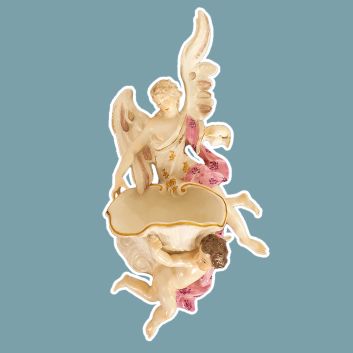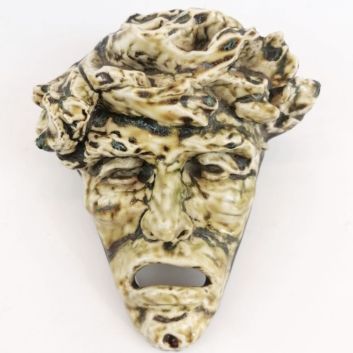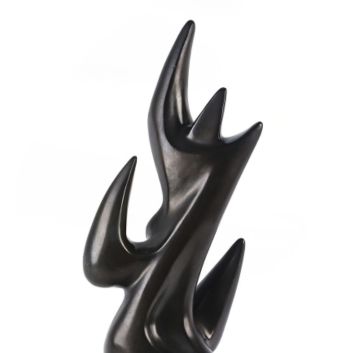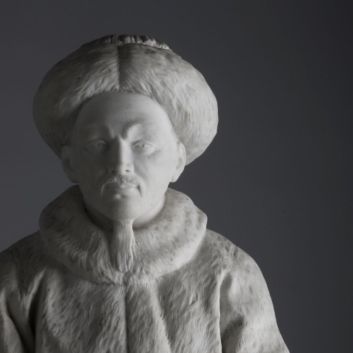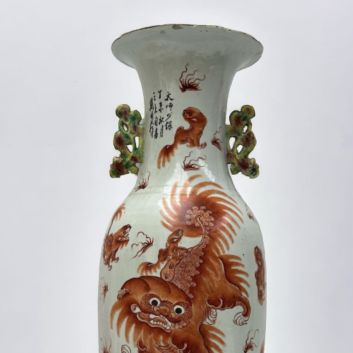Estimating the quality and value of your ceramics
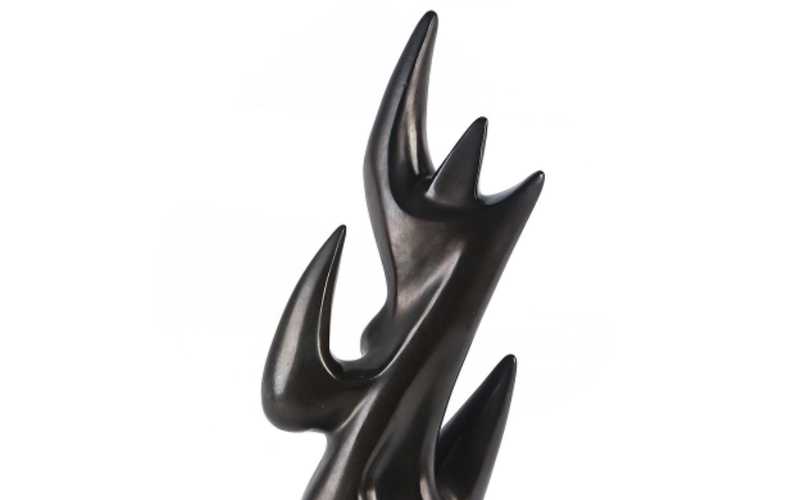
If you own one or more ceramics, from any period, and would like to know their value, our state-approved experts and auctioneers can offer you their appraisal services.
Our specialists will carry out a free appraisal of your ceramics, and provide you with a precise estimate of its current market value.
Then, if you want to sell your work, we'll point you in the right direction to get the best possible price for it.
Rating and value of ceramics
Ceramics are currently sought-after collector's items for many different types and skills. If you own one or more, they may be worth more than you think. On the art market, prices for these objects can be very high under the auctioneer's hammer.
Their appraisal is also sometimes very complicated and subject to numerous rules. The value of your ceramic can vary according to many factors, and for all the reasons listed below, it needs to be entrusted to a specialist if it has a minimum value or if it falls within a precise field of specialization.
Buying ceramics at auction, whether antique or contemporary, offers many advantages for collectors and art lovers.
On the one hand, auctions offer the opportunity to acquire unique works of art, often steeped in history, which may come from different eras and artistic movements.
These works, sometimes otherwise inaccessible, are brought to light by experts who guarantee their authenticity and value. What's more, auctions enable buyers to discover rare pieces and build up a diversified collection at prices potentially lower than those on the traditional market.
What's more, the competitive auction process adds an exciting dimension to the acquisition, making each purchase all the more rewarding.
Numerous ceramics are presented for sale every week at Drouot, throughout France, Europe and the rest of the world, enabling buyers to go to exhibitions to see the potential of the works, and choose which will be their next purchase.
Buyers may bid for your ceramics for a variety of reasons: love at first sight, collection, decorative needs, investment, etc. These are just some of the factors that will enable your ceramics to be sold quickly once the appraisal has been carried out.
First characteristics to consider when estimating a ceramic
Ceramics are objets d'art that require a wide range of knowledge and skills to appraise correctly.
According to the Manufacture de Sèvres, ceramics are defined as "all earthenware objects that have undergone an irreversible physical-chemical transformation during firing at varying temperatures".
The term ceramic, derived from the Greek keramos meaning "clay", thus covers a wide range of works. The Larousse refers to "the art of making pottery, based on the property of clays that, when mixed with water, produce a plastic paste that is easy to shape".
It is a material that is neither metallic nor organic, and can be crystalline or vitreous.
It's important to have your ceramics appraised by an expert, because these objects actually cover many different manufacturing techniques, and attributions for this type of work are particularly perilous and complex.
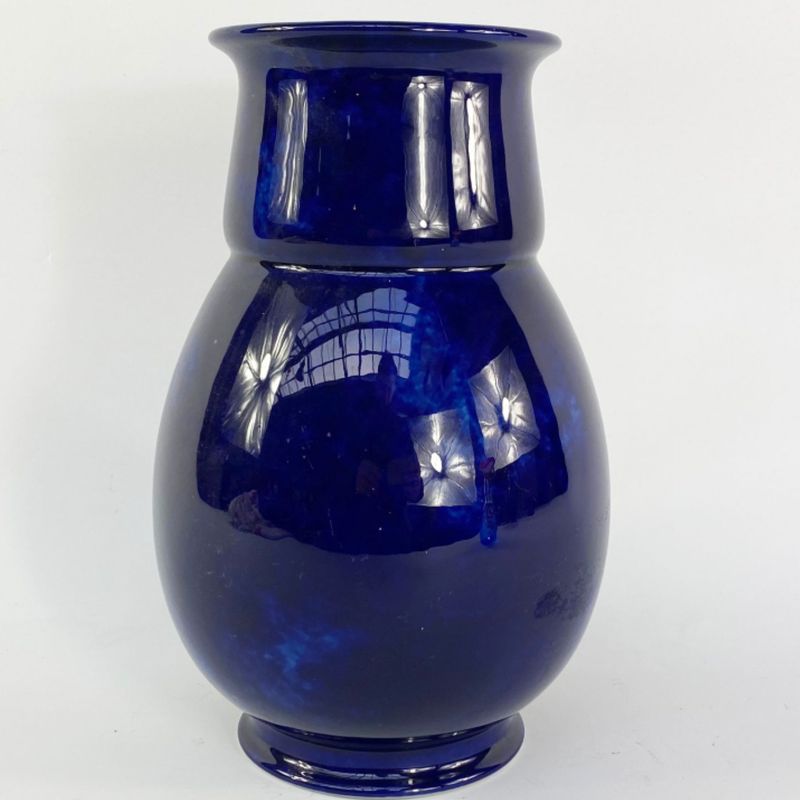
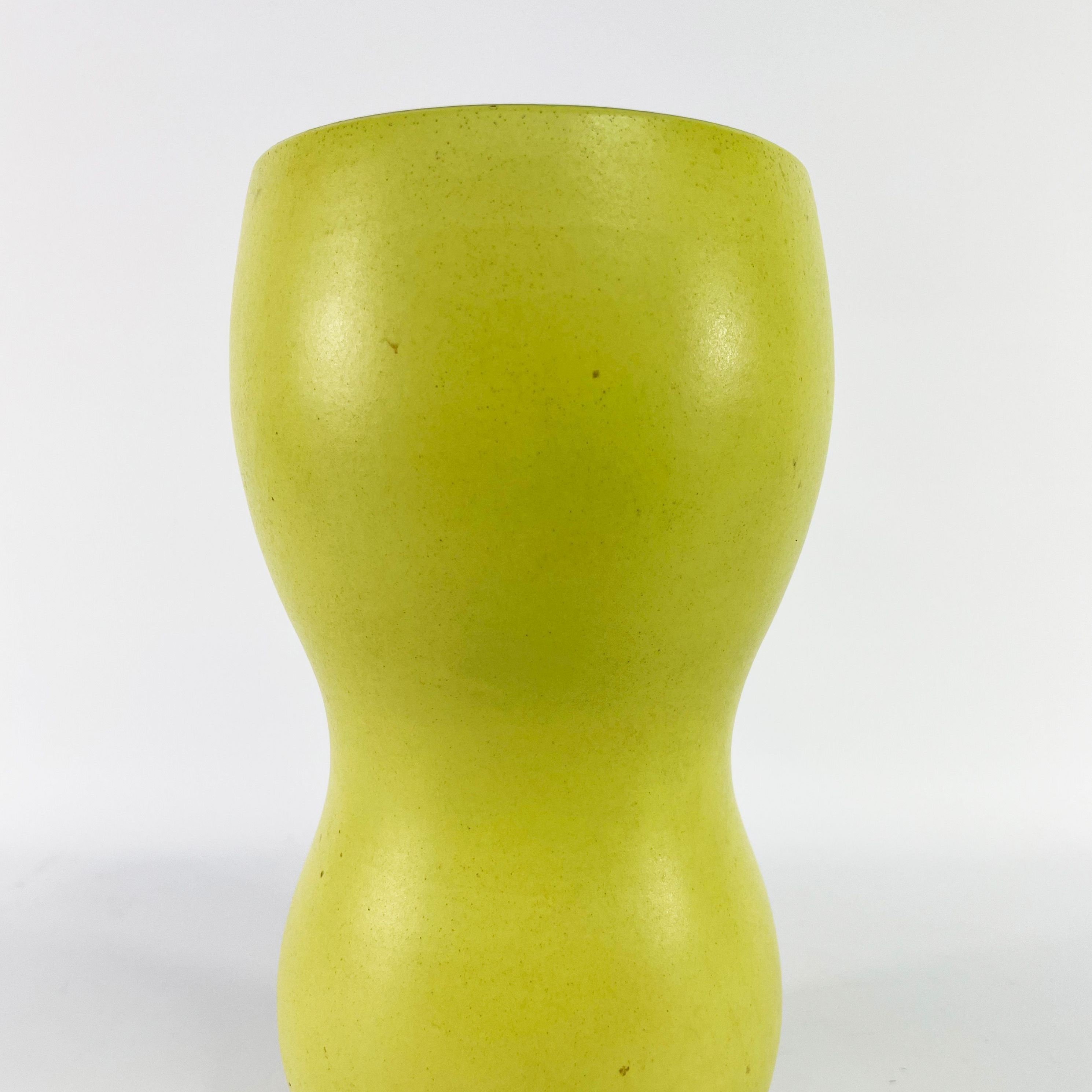
History and origins of ceramics
Ceramics is one of mankind's oldest arts, dating back several millennia. Born of the discovery of clay, a malleable and abundant material, ceramics played an essential role in the development of the first civilizations.
The earliest known ceramics, dating from the Neolithic period, were mainly utilitarian, used to make vessels for cooking, storing and transporting foodstuffs.
According to art history experts, the evolution of ceramics has been marked by a gradual mastery of firing and decoration techniques.
The invention of the potter's wheel, attributed to Mesopotamia around 3500 B.C., revolutionized production, enabling greater precision and diversity of form.
Subsequently, Egyptian, Chinese, Greek and Roman civilizations each developed distinct styles, reflecting their own aesthetics and technological innovations.
Ceramics, by their very nature, have survived the ages, preserving the imprint of each era and culture. It bears witness to the ingenuity of craftsmen who, over time, have explored various glazing, enameling and painting techniques, thus enriching the world's cultural heritage.
Today, ceramics continues to be a field of artistic expression, rooted in an age-old tradition yet open to contemporary experimentation.
Focus on the work of Sèvres craftsmen
Appraising ceramics is a delicate process, requiring in-depth expertise that takes into account various criteria, including authenticity, provenance, state of conservation, artist or school, as well as period and style.
These elements are essential in determining the value of a piece on the art market, whether it is of Western or Asian origin.
Authenticity is the first essential criterion in the evaluation of a ceramic piece. This means ensuring that the piece is neither a reproduction nor a counterfeit.
This requires a meticulous analysis of manufacturing techniques, materials used, and trademarks or signatures affixed to the work.
For example, ceramics by Pol Chambostfamous for his pure forms and colorful creations, often bear a distinctive signature that authenticates his creations.
Similarly, pieces by Georges Jouveknown for their deep black enamel, must be carefully examined to verify the authenticity of their signature, often engraved or incised beneath the piece.
Provenance is another determining factor. Ceramics with a prestigious provenance, such as a piece from a renowned collection or one that belonged to a historical figure, will increase in value.
Ceramics produced by the Manufacture nationale de Sèvres, for example, often benefit from a well-established and documented provenance, which reinforces their value.
Sèvres, with its exceptional craftsmanship and royal history, produces pieces which, when accompanied by a clear provenance, are particularly sought-after by collectors, such as the Emperor Quianlong cookie, presented for sale in early 2024.
The state of preservation is also crucial in the evaluation. Ceramics in perfect condition, with no cracks, visible restorations or chips, are naturally more valuable.
However, skilful restorations, well documented and respectful of the original work, may not significantly affect value.
For example, a Georges Jouve ceramic, even if slightly restored, could still fetch a high price, especially if the restoration is of high quality. On the other hand, a piece whose structural integrity has been compromised will see its value diminish.
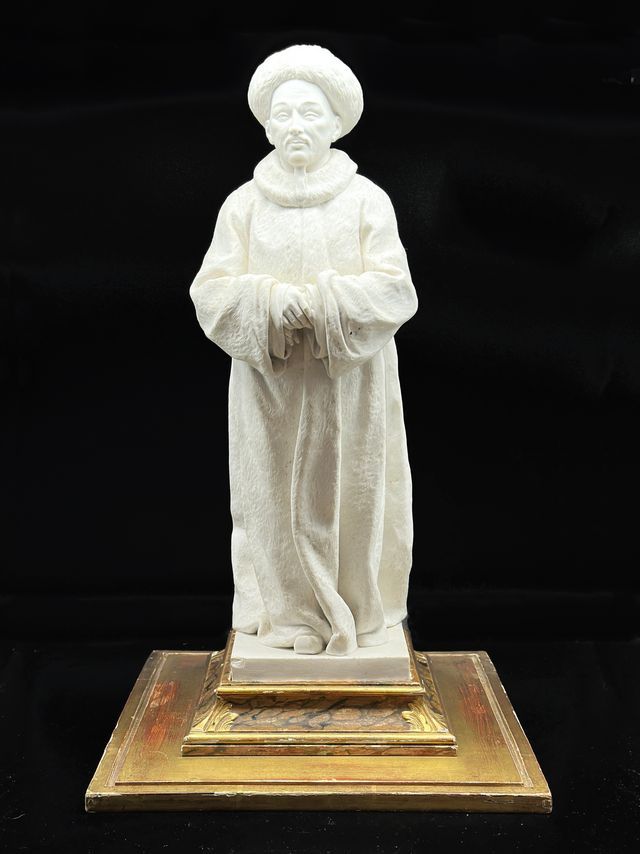
The name of the artist or school is another key factor. Works by renowned ceramists such as Théodore Deck or Édouard Cazaux are particularly prized, and their signature is often enough to guarantee a high value.
The Manufacture de Sèvres, although producing works under a collective of craftsmen, also enjoys strong recognition. Sèvres pieces, whether from the 18th century or the Art Deco period, are always associated with a high degree of expertise and refinement.
Finally, the period and style of the ceramic play an important role in its appraisal. Asian ceramics, particularly those from China and Japan, are highly sought-after, especially porcelain from the Ming and Qing dynasties.
These pieces, often richly decorated and historically important, can fetch extremely high prices. The period of origin of a ceramic piece, whether Art Nouveau, Art Deco or contemporary, also influences its value.
Pol Chambost's ceramics, for example, are emblematic of the modern style of the 20th century, making them particularly attractive to collectors of the period.
In short, the appraisal of a ceramic piece is based on a complex set of criteria. Authenticity, provenance, state of preservation, artist or school, period and style are all factors that interact to determine a piece's value.
Works by famous ceramists such as Pol Chambost and Georges Jouve, the prestigious productions of the Manufacture de Sèvres, as well as Asian ceramics, continue to fascinate collectors and experts, their value fluctuating according to these subtle but decisive criteria.
Remarkable ceramic styles
Several styles have emerged over the centuries and continents. So, from one era to another, and from one country to another, chemical processes and manufacturing techniques are not the same. This is also what enables experts to identify the era.
Meissen porcelain, for example, is made with a certain amount of kaolin, while works produced at the Sèvres factory at the same time do not have the same chemical composition, since French ceramists had not yet found the formula for making hard paste.

Knowing the value of a ceramic
If you happen to own one or more ceramics, don't hesitate to request a free evaluation using the form on our website.
A member of our team of experts and certified auctioneers will contact you promptly to provide you with an estimate of the market value of your work, as well as any relevant information about it.
If you're thinking of selling your work of art, our specialists will also be on hand to help you find alternatives for selling it at the best possible price, taking market trends into account.
Response in less than 24h
Related topics

Free appraisal of old and modern paintings and drawings
From ancient paintings to modern creations, the paintings and drawings offer a unique and emotional view of the life of each era.
Read more >

Rating and value of works, paintings, drawings by the École de...
The Barbizon School brings together landscape painters of varying degrees of renown who are quite popular at auction. The price of these paintings is fairly stable.
Read more >
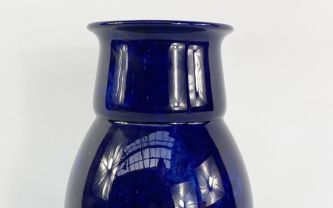
2024 rating and value of Sèvres porcelain vases
Sèvres porcelain vases are particularly popular and sought-after items on the auction market. Their value is high.
Read more >
Secure site, anonymity preserved
State-approved auctioneer and expert
Free, certified estimates
